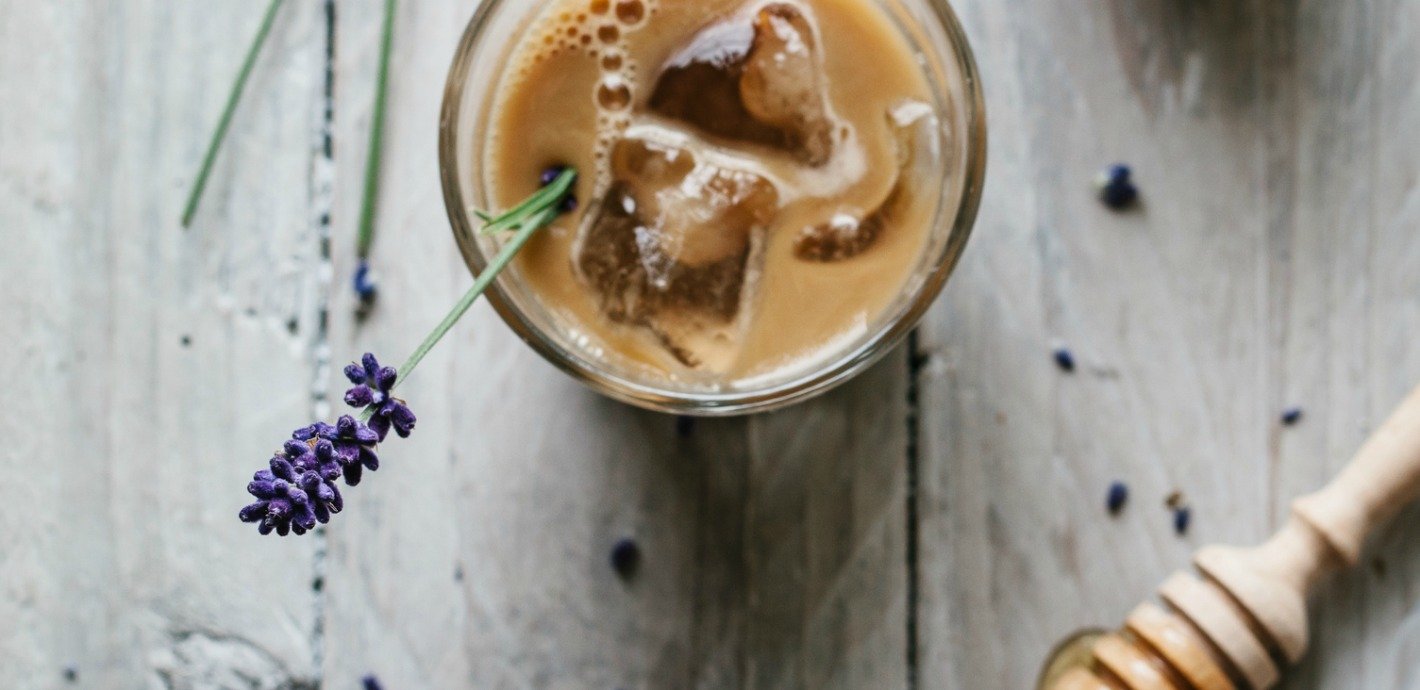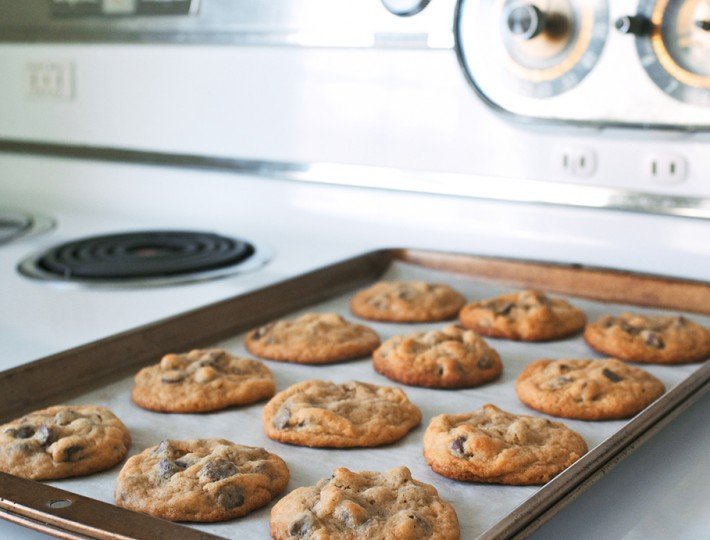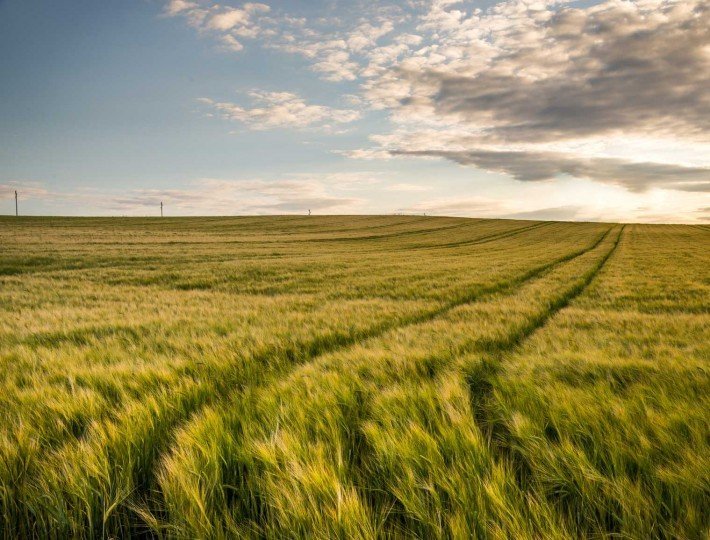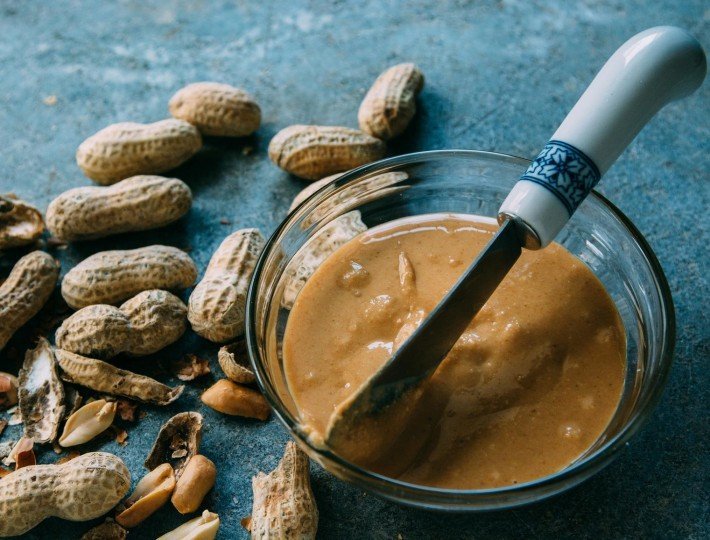If you’ve ever attempted to cut sugar from your diet, you know firsthand that the sweet stuff is like oxygen; it’s everywhere. And we inhale a lot of it! While the recommended intake per day is no more than 10 percent of your total daily calories—or roughly six teaspoons for women and nine for men according to the American Heart Association—the average person often consumes double. Most of us are indulging in 17 teaspoons of sugar per day, reports the National Cancer Institute’s Applied Research Program. Sugar itself isn’t bad for you, but too much of it (or anything!) can cause harm. A high-sugar diet can put you at risk for type 2 diabetes and cancer as well as increase your likelihood of becoming overweight or obese, which can lead to more diseases.
Since living sugar-free is easier said than done—and actually not necessary, unless your doctor says otherwise—use this primer to make the best decisions for your health. One caveat: If you’re looking for a completely natural and unprocessed sweetener, only wild honey, raw honey, and pure maple syrup fit the bill—other options undergo some processing, notes Claudia Shwide-Slavin, R.D., coauthor of The Ultimate Guide to Sugars and Sweeteners.
Agave syrup (21 calories per teaspoon)
Sugar sources: Fructose (aka fruit sugar, 55 to 90 percent) and glucose
Sweetness: Up to 40 percent sweeter than granulated sugar
Slightly runnier than honey, agave syrup comes from the sap of the same agave plant used to make tequila. Although it’s often touted as a good choice for diabetics because of its low rank on the glycemic index (or GI, meaning the body digests the sugar more slowly), some experts caution against using it as a complete replacement for table sugar. “Most consumers are surprised to find that agave syrups contain significantly more fructose than high-fructose corn syrup,” says Roberta Anding, R.D., director of sports nutrition at Texas Children’s Hospital. Preliminary research on overweight and obese adults shows that sipping fructose-sweetened drinks may increase your risk of abdominal fat and cause decreased insulin sensitivity (a precursor to diabetes) and heightened levels of triglycerides and cholesterol in the blood, according to a study in The Journal of Clinical Investigation.
Best use: Because it’s so sweet, you can use less. Light agave nectar is best for sweetening drinks or as a sub for granulated sugar in recipes; amber, dark or raw agave nectars are ideal for salad dressings and sauces or as stand-ins for brown sugar in recipes. When substituting, use two-thirds to three-fourths of the sugar called for; and in baking, cut the total liquid by about ¼ cup.
Brown Sugar (16 calories per teaspoon)
Sugar source: Sucrose (aka table sugar)
Sweetness: Equal to granulated sugar
This sweetener is a combo of white granulated sugar and molasses—and the darker the sugar, the more molasses it contains. Molasses adds a slight nutritional edge, offering small amounts of bone-building calcium and blood-pressure-lowering potassium. Since brown sugar tends to harden easily, store it in an airtight container in a cool, dry place with a few marshmallows to help it lock in moisture and stay soft.
Best use: Brown sugar helps keep baked goods moist, so try it as a sub for white sugar in recipes. It also works well for caramelizing veggies or fruit.
Honey (21 calories per teaspoon)
Sugar sources: Fructose (around 38 percent), glucose (about 30 percent), sucrose, maltose, trehalse, and turanose
Sweetness: Up to 50 times sweeter than granulated sugar
Honey contains antioxidants—and the darker the honey (such as buckwheat), the more disease-fighting antioxidants it’s likely to contain. Manuka honey, although pricey at well over $1 per ounce, is especially known for its medicinal benefits and may help kill invasive bacteria. Wild honeys contain bee larvae and provide an extra nutritional boost of protein, vitamins and minerals, notes Shwide-Slavin. When shopping for this sweetener, check that the ingredient list consists of only honey; some bottles are blended with corn syrup.
Best use: Squeeze into hot beverages, like tea, or use in a glaze for roasted or baked foods. Cut the liquid by ¼ cup in a baked-good recipe. You’ll also need to add a pinch of baking soda to decrease the chewy texture often caused by honey’s acidity.
Maple Syrup (14 calories per teaspoon)
Sugar source: Sucrose (about 62 percent), glucose, and fructose
Sweetness: About 90 percent as sweet as granulated sugar
The sap of a maple tree is boiled and thickened to make this sweet syrup. “Color determines flavor, with darker maple syrups stronger in flavor,” says Shwide-Slavin. Syrups harvested in different environments and at varying times offer additional nuances in flavor profiles. Don’t confuse this low-GI sweetener for maple-flavored syrups, which are mixed with corn syrup.
Best use: Top pancakes, swirl into yogurt, use in salad dressing or in a glaze. If you’re replacing the granulated sugar in a recipe, substitute the exact amount called for. However, know that the texture of the baked good may end up altered. “Granular sugars in baking often play a role in aeration, as with the creaming method in cookies and pound cakes,” says Howie Velie, associate dean of culinary specializations at the Culinary Institute of America. “Syrups can’t provide this aeration, and when using them you’ll end up with a denser product.”












Comments (0)